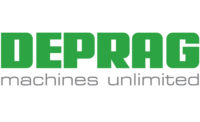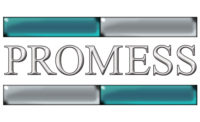The effective damping of structure-borne sound is a major issue in lightweight automotive body construction. Today, there are two solutions — damping pads or Liquid Applied Sound Deadening products. The major difference is the manual application of damping pads versus efficient robotic method of LASD.
Manually applied damping pads require extensive inventories, on-line labor and create house-keeping concerns in the paint-shop. Additionally, effective attachment of damping pads to vehicle overhead and vertical surfaces require magnetic inlays or adhesive bonding. By contrast, bulk application of LASD materials reduces complexity in assembly plants, and they adhere to overhead and vertical surfaces without need for additional parts.
LASD materials are applied to vehicle areas where transmission of road and powertrain noise is a concern. Common application areas include the interior floor pan, rear wheel well, and the dash panel. Depending on customer requirements, layer thicknesses range from 1 to 5 mm.
While the sound deadening effect of damping pads or melt sheets is dependent primarily to their mass, LASD systems reduce vibration and noise through viscoelastic properties. Additionally, lower density of LASD materials enables OEMs to reduce vehicle weight, helping achieve CAFE requirements.
Download the White Paper

